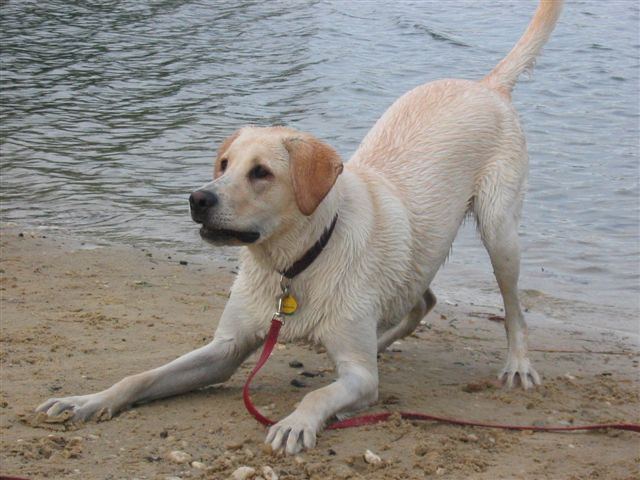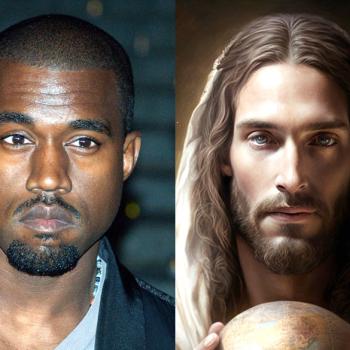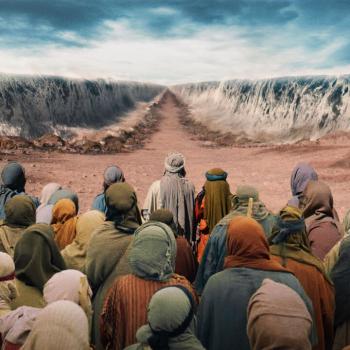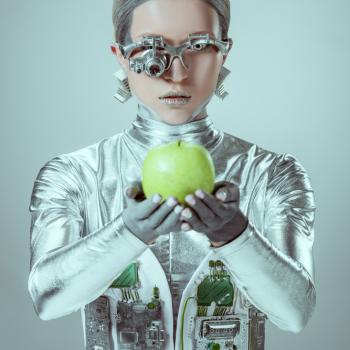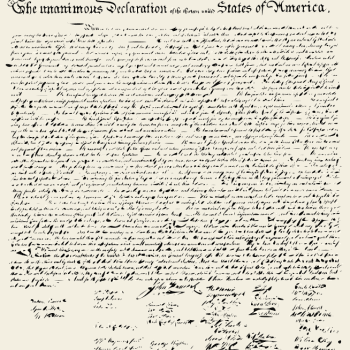A shaggy brown terrier approaches a large chocolate Labrador in a city park. When the terrier gets close, he adopts a yogalike pose, crouching on his forepaws and hiking his butt into the air. The Lab gives an excited bark, and soon the two dogs are somersaulting and tugging on each other’s ears. Then the terrier takes off and the Lab gives chase, his tail wagging wildly. When the two meet once more, the whole thing begins again.
Watch a couple of dogs play, and you’ll probably see seemingly random gestures, lots of frenetic activity and a whole lot of energy being expended. But decades of research suggest that beneath this apparently frivolous fun lies a hidden language of honesty and deceit, empathy and perhaps even a humanlike morality.
Take those two dogs. That yogalike pose is known as a “play bow,” and in the language of play it’s one of the most commonly used words. It’s an instigation and a clarification, a warning and an apology. Dogs often adopt this stance as an invitation to play right before they lunge at another dog; they also bow before they nip (“I’m going to bite you, but I’m just fooling around”) or after some particularly aggressive roughhousing (“Sorry I knocked you over; I didn’t mean it.”).
All of this suggests that dogs have a kind of moral code — one long hidden to humans until a cognitive ethologist named Marc Bekoff began to crack it. . . .
he found that canines “role-reverse” or “self-handicap” during play. When a big dog played with a smaller one, for example, the big dog often rolled on her back to give the smaller dog an advantage, and she allowed the other dog to jump on her far more often than she jumped on him.
Bekoff also spotted a number of other blink-and-you’d-miss-them behaviors, such as a sudden shift in the eyes — a squint that can mean “you’re playing too rough” — and a particular wag of the tail that says, “I’m open to be approached.” Humping a playmate during a romp, meanwhile, was often an invitation to nearby dogs to come join the fun.
Such signals are important during play; without them, a giddy tussle can quickly turn into a vicious fight. . . .
When a researcher points at one of two cups, for example, dogs almost always run to the cup that is pointed to, a sign that they have intuited what the scientist was thinking — i.e., that the researcher was trying to show the dog something. Chimps, by contrast, have no idea what we mean when we point at something.
